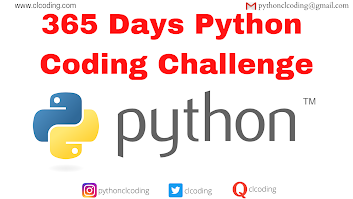Try it Option Online
You really do not need to set up your own environment to start learning R programming language. Reason is very simple, we already have set up R Programming environment online, so that you can compile and execute all the available examples online at the same time when you are doing your theory work. This gives you confidence in what you are reading and to check the result with different options. Feel free to modify any example and execute it online.Try the following example using Try it option at the website available at the top right corner of the below sample code box −# Print Hello World. print("Hello World") # Add two numbers. print(23.9 + 11.6)For most of the examples given in this tutorial, you will find Try it option at the website, so just make use of it and enjoy your learning.
Local Environment Setup
If you are still willing to set up your environment for R, you can follow the steps given below.
WINDOWS INSTALLATION
You can download the Windows installer version of R from R-3.2.2 for Windows (32/64 bit) and save it in a local directory.
As
it is a Windows installer (.exe) with a name "R-version-win.exe". You
can just double click and run the installer accepting the default
settings. If your Windows is 32-bit version, it installs the 32-bit
version. But if your windows is 64-bit, then it installs both the 32-bit
and 64-bit versions.
After
installation you can locate the icon to run the Program in a directory
structure "R\R3.2.2\bin\i386\Rgui.exe" under the Windows Program Files.
Clicking this icon brings up the R-GUI which is the R console to do R
Programming.
LINUX INSTALLATION
R is available as a binary for many versions of Linux at the location R Binaries.
The
instruction to install Linux varies from flavor to flavor. These steps
are mentioned under each type of Linux version in the mentioned link.
However, if you are in a hurry, then you can use yum command to install R as follows −
$ yum install R
Above
command will install core functionality of R programming along with
standard packages, still you need additional package, then you can
launch R prompt as follows −
$ R
R version 3.2.0 (2015-04-16) -- "Full of Ingredients"
Copyright (C) 2015 The R Foundation for Statistical Computing
Platform: x86_64-redhat-linux-gnu (64-bit)
R is free software and comes with ABSOLUTELY NO WARRANTY.
You are welcome to redistribute it under certain conditions.
Type 'license()' or 'licence()' for distribution details.
R is a collaborative project with many contributors.
Type 'contributors()' for more information and
'citation()' on how to cite R or R packages in publications.
Type 'demo()' for some demos, 'help()' for on-line help, or
'help.start()' for an HTML browser interface to help.
Type 'q()' to quit R.
>
Now you can use install command at R prompt to install the required package. For example, the following command will install plotrix package which is required for 3D charts.
> install.packages("plotrix")










.png)






.png)
























0 Comments:
Post a Comment